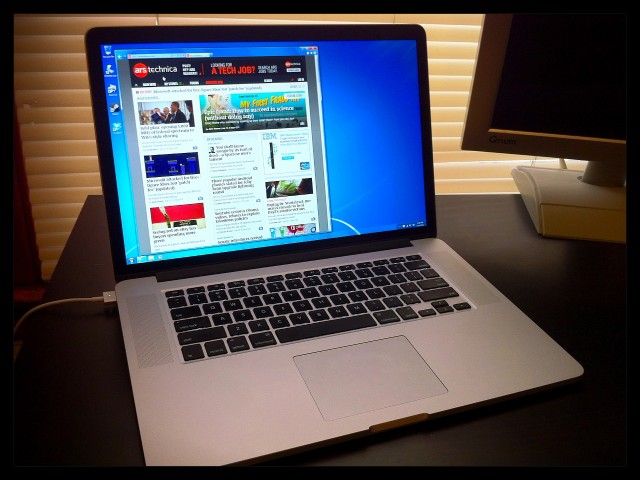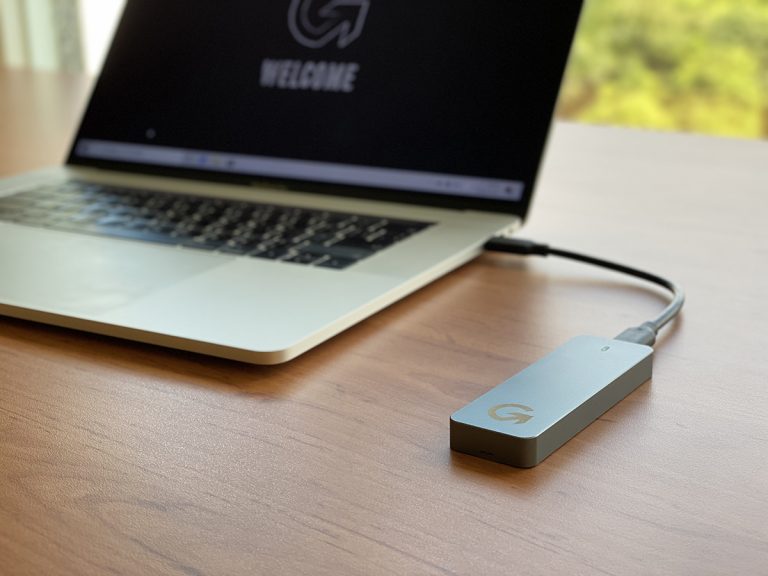

It supports all the new Windows 11 bells and whistles, except for Android games since Parallels can’t replicate the “hardware acceleration” option just yet. Plus, it can wake up from sleep in an instant in the same state you left it, including all the open apps.

That means Asahi Linux for M1 Mac computers is currently better left to developers that might like to contribute to the open-source project.Windows 11 on a Mac (Image credit: Parallels)Įverything from Windows 11’s refreshed animations to resource-intensive multitasking worked as Microsoft intended it to. Notable features that are missing include DisplayPort, HDMI, Bluetooth, Thunderbolt, and as mentioned GPU support for accelerating graphics and video processing. Most Mac and MacBook hardware is supported, including Wi-Fi, USB 2, the screen, NVMe, Lid switch, Power button, keyboard, touchpad, battery information, charge control, Ethernet, SD card reader, and CPU frequency switching. The Asahi Linux team has done a fantastic job of reverse engineering drivers with little to go on. On the other hand, standard apps like the Firebox browser work as expected, within those limitations. That means gaming will not work and it can't even handle video streaming. The GPU card isn't enabled and admittedly will take quite some time to get working. The Asahi Linux installer allows setting up a separate partition to boot directly into Linux on an Apple Silicon Mac and runs well with a few limitations. Andrew Tsai gave a demonstration of Asahi Linux on an M1 Mac in a recent YouTube video. Asahi Linux is a variation of Arch Linux for ARM processors and while this is a full Linux installation, this alpha release lacks GPU support which can be quite limiting. The good news is that an installer for Asahi Linux now exists in alpha form, making it much easier for adventurous Mac owners to explore this option. That meant a laborious manual installation of various drivers and components needed for Linux, with plenty of ways for things to go wrong. While some developers managed to get Linux running on an M1 Mac in late 2021, there hasn't been a proper installer available for the general public before. With the new Apple Silicon Mac and MacBook computers, Boot Camp is no longer available. Modern computers are ready quickly, but it took several minutes to restart a Mac in 2006. The only drawback is that the user had to pick which OS to load at startup and it required a full reboot to switch. This ran at full speed on the Mac's Intel processor and behaved just like Windows would on a PC. Apple also included Windows drivers to interface with the Mac hardware. Known as Boot Camp, this utility has the ability to create a separate partition on the primary or external drive, formatted and ready to install Windows and other operating systems. In 2006, Apple introduced a surprising new feature for Mac computers.


 0 kommentar(er)
0 kommentar(er)
